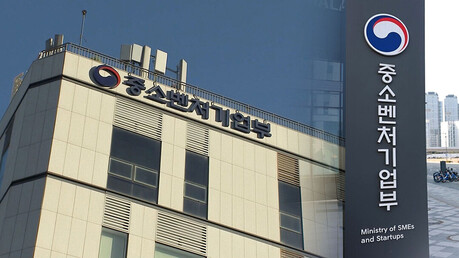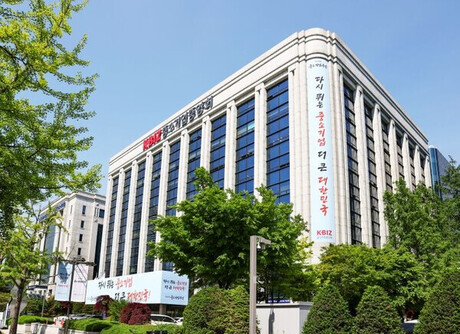
SEOUL – South Korea's four major financial holding companies – KB, Shinhan, Hana, and Woori – have announced record-breaking net profits for the past year, exceeding ₩16 trillion (approximately $12 billion USD). This remarkable achievement is attributed to sustained loan growth and increased interest income due to the interest rate margin.
According to financial industry data released on February 7th, the combined net profit of the four groups reached ₩16.4205 trillion, a 9.3% increase (₩1.4090 trillion) from 2023.
KB Financial Group led the pack with a net profit of ₩5.0782 trillion, marking its first entry into the "₩5 trillion club." Strong performances from its non-banking subsidiaries, including KB Securities, KB Insurance, KB Life Insurance, and KB Kookmin Card, contributed significantly to this milestone.
Shinhan Financial Group secured the second spot with a net profit of ₩4.5175 trillion. The group's flagship Shinhan Bank achieved its highest-ever net profit of ₩3.6954 trillion, reclaiming its position as the leading bank in the country.
Hana Financial Group reported a net profit of ₩3.7388 trillion, a 9.3% increase from the previous year. Woori Financial Group also saw significant growth, with a 23.1% surge in net profit, reaching ₩3.0860 trillion.
The surge in profits is primarily attributed to increased interest income. Despite the Bank of Korea's two interest rate cuts in the latter half of the year, financial institutions managed to maintain a healthy net interest margin (NIM) by raising lending rates. The continued growth in loans further boosted interest income, reaching a total of ₩41.8760 trillion for the four groups.
Increased non-interest income also played a role. Improved securities gains and higher fees from wealth management (WM) services contributed to this growth. The combined non-interest income of the four groups reached ₩10.9390 trillion, a 4.2% increase from 2023.
However, concerns remain about maintaining this growth momentum in the current year. Further interest rate cuts could lead to a decline in NIM due to lower bank loan interest rates.
In a recent banking industry outlook report, Lee Soo-young, a research fellow at Hana Financial Research Institute, predicted that corporate loan growth, which has been on a high, will normalize, and household loan growth will also be limited due to stricter regulations. The report also anticipates a downward trend in NIM due to falling market interest rates.
This news article provides a comprehensive overview of the record profits achieved by South Korea's top financial groups, highlighting the key factors that contributed to this success and the challenges that lie ahead.
[Copyright (c) Global Economic Times. All Rights Reserved.]






























